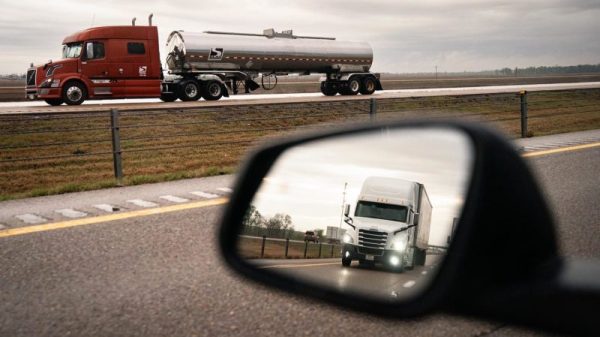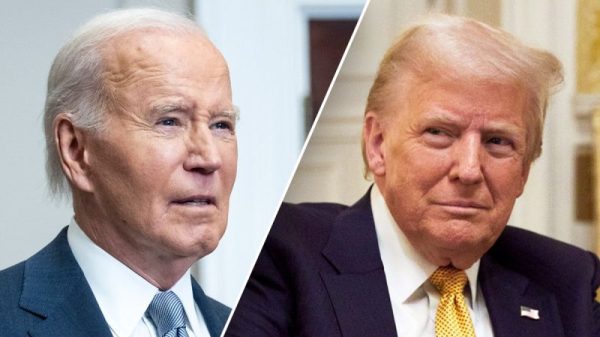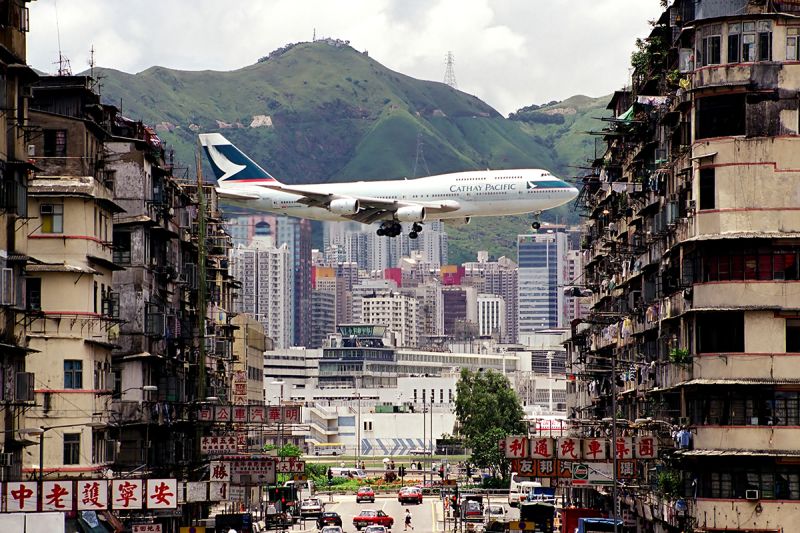“Goodbye, Kai Tak, and thank you.”
It’s been 25 years since Richard Siegel, Hong Kong’s then-director of civil aviation, bid farewell and turned off the lights at Hong Kong Kai Tak International Airport.
On July 6, 1998, the city’s main air hub closed its doors, moving services to the bigger and swankier new Hong Kong International Airport in Chek Lap Kok.
The retired facility was rechristened as Kai Tak Cruise Terminal, the largest cruise terminal in town, in 2013.
The 25-year-old “new” airport has pulled off numerous achievements – it’s frequently named one of the top five airports in the world. It’s a repeat winner of Skytrax’s World’s Best Airport Dining award. It’s been the world’s largest cargo airport every year since 2010, except for 2020.
Yet fond memories remain for those who had a chance to fly through the old Kai Tak, or simply witness the remarkable airplane landings that made it famous.
One of the most difficult airports in the world
Before its closure in 1998, Kai Tak (the first recorded flight from the site took place in 1925) was regarded as one of the most difficult airports in the world for pilots to fly in and out of.
As it sat in the middle of Kowloon City, with a runway protruding into the sea, landing in Kai Tak was a hair-raising event even for experienced pilots.
Former Cathay Pacific Airways’ general manager of operations and now-pilot instructor Russell Davie has more than 30 years of flying experience.
He remembers Kai Tak fondly.
Daryl Chapman, a teacher and aviation photographer from Britain who has lived in Hong Kong since 1987, spent countless hours photographing the amazing scenes of large aircraft swooping in over the Hong Kong skyline. (See a gallery of his work above.)
“Kai Tak was very different to most international airports because it was right in the city,” recalls Chapman. “Lion Rock (a prominent hill in Hong Kong) blocks the standard straight-in approach; thus planes had to make that special turn over Kowloon City while landing on runway 13.”
“This was quite a challenge, especially in strong wind conditions,” Davie says. “As Cathay pilots, we had plenty of practice and became very adept at flying the approach.
“The approach was quite a challenge for pilots from other airlines, especially in more demanding flying conditions, as they might only come to Kai Tak once a year.”
Scariest moment: ‘We never saw the actual plane!’
Chapman recalls watching flights landing at Kai Tak during those “demanding flying conditions.”
“Being at the Kai Tak car park watching airplanes land in heavy rain ccould be very worrying,” he says. “The pilots could not see the runway, and landing over Kowloon, you had to be visual with the runway.
“Some (pilots) seemed to wait a little longer than others before they aborted the landing and went around for another go. Some would appear out of the low clouds on the approach path, then power up and vanish back into the clouds.”
The scariest memory for Chapman was the landing of an Air France 747-200 freighter contending with an extremely low ceiling.
“We could hear it coming but saw no sign of the landing lights. It was dark,” he says. “It got louder and louder; then you could see the glow of the red beacon under the plane. He overshot the turn and went right over the car park and control tower as he powered up and went around for another try.”
“That was very loud and worrying, as we never saw the actual plane!”
Fond memories of Kai Tak
Although the much larger and more modern Hong Kong International Airport (which opened in July 1998) is considered one of the best airports in the world, Kai Tak is still missed in some quarters.
It served Hong Kong for 73 years and was something of a city symbol, known to travelers worldwide.
“I have very fond memories of Kai Tak,” Davie said. “When I first joined Cathay Pacific, I spent many happy hours walking around Kowloon City every time I had a visitor in town, watching the aircraft fly low over the houses and shops.
“The approach looked really amazing from the ground, and also as a passenger, especially if you were seated on the right-hand side of the aircraft.”
Davie’s favorite route was arriving from Japan or Taiwan, northeast of Hong Kong.
“This allowed the pilot to fly the aircraft initially along the East Lamma shipping channel before turning around the end of Hong Kong Island, past Green Island, and heading toward the Checkerboard to make the final approach,” he remembers.
“Passengers lucky enough to have a window seat had a fantastic view of the south side of Hong Kong Island, then Central and the harbor before landing over Kowloon.”







































